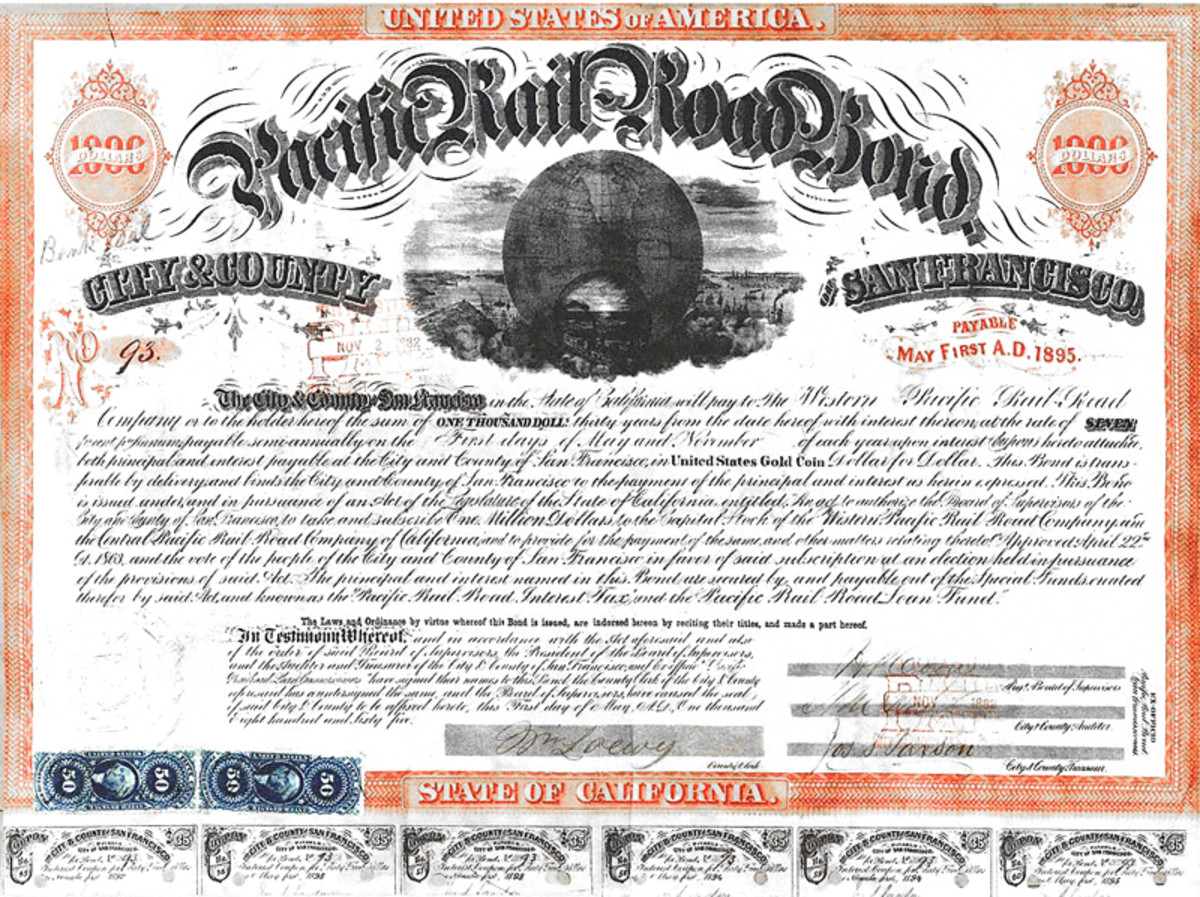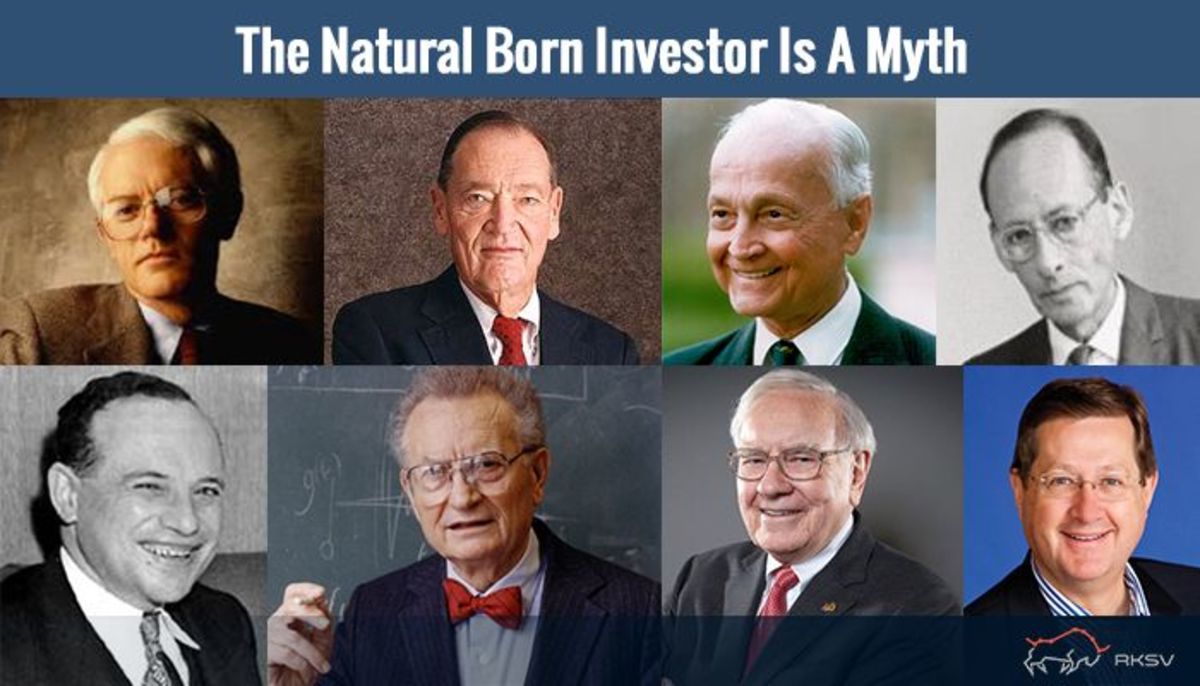Ask Suze...About Stocks and Bonds Book Review
Book by Suze Orman
When friends come to me asking me to explain the stock market and the ins and outs of stock investment, I have long recommended Peter Lynch's fine book "Learn to Earn" (co-authored by John Rothchild). While I will always recommend Lynch's book, I have finally found a second introductory stock (and bond) investment book that is of an equal caliber. This is Suze Orman's "Ask Suze...About Stocks and Bonds" (One of 4 books in a series -compiled as Ask Suze: Suze Orman's Answers to the Financial Questions Everyone Wants to Ask).
Suze Orman, best known as the star of The Suze Ormon Show, is also the author of 7 consecutive New York Times Best Sellers including The Courage to Be Rich (1998), The Road to Wealth (2001), and her latest book as of this writing, Suze Orman's 2010 Action Plan: New Rules for New Times (2010).
Ask Suze...About Stocks and Bonds begins with the rather veritable premise that many people invest their money based upon the advice of others, only to subsequently lose their money. Suze Orman wants you to be the captain of your finances as no one will care more for your money than you. As she says on page 2: "You will never have control over your life until you have control over your own money-how you think about it, how you speak about it, and how you take care of it."
For those familiar with the Suze Orman Show, this book will be an especially felicitous tool, as it reads exactly as she speaks on her show. That is, she conveys her message via the FAQ -Frequently Asked Questions method (the major vehicle for her television program, in fact). In this method she is rather good at anticipating questions that readers will have, such as where (after explaining Price to Earnings (P/E) Ratio), she answers the question "Should I be on the lookout for stocks that have a low P/E Ratio?" (p.44)
The book has extremely clear writing with simple, well-structured sentences, little economic theory, and when down to brass tacks, is highly practical. Ask Suze...About Stocks and Bonds covers not ony the basics of stocks and bonds, it also explains how the stock market works -including the seemingly bizarre practice on the New York Stock Exchange (NYSE) in which, when attempting to sell some stock, "If no one wants to buy your stock, the specialist [also called a Market Maker] has to," so that "There is always a market in the stock you want to sell on the NYSE." ( pp. 22-23) In fact, if you already have a basic idea of how the stock market works but want to ratchet up or solidify this knowledge, Orman's book may be just the ticket, as it's a quick and precise review for those wishing to brush up on stock investment and bond investment terminology.
Some of the great advice that she offers: "...do what you must do today to make sure you are not only wealthy but also happy." (p.76) On the point of emotional investment choices: "...be a very disciplined investor and [do] not...get emotional."(p.75) And on the Rate of Return (ROR), Suze says it is "really the only thing that matters when it comes to investing in stocks."(p.77). This is, of course, a gross over-simplification (over-simplification being one of the gravest criticisms leveled at Orman over the years). However, it makes for a good focus for investors, particularly those new to the game of bulls and bears.
In describing Book-to-Value, the book is a bit discombobulated. This section could use a bit of disentanglement. However, it's essentially the only part of the book that might benefit from a bit of rework, as she's offered the investing world one of the most simple, succinct works on introductory stock investment that may exist. It is also lamentable that she doesn't include a glossary of terms in the back of the book, but this is a minor issue.
Unlike many books on beginning stock investment, Orman covers all of the major measurements of a stock's value, such as Price to Earnings, Book Value, etc. This is the pinnacle of the great value that the book will have to new investors, but is not its only fine point of coverage. While it is a modestly sized, wee bit of a publication, it is chock-full of ideas.
Here are a few of the other specifics covered by Orman in this book:
The different indexes such as the Dow Jones Industrial Average and the Standard and Poor's (S & P) 500, and their levels of differing accuracy in relation to the actual market.
The Securities Investor Protection Corporation (SIPC).
Beta, Relative Strength, Book Value, Price-to-Book, Bid, Ask, Spread, Limit Orders, Stop Loss Orders, Stop Sell Limit Orders.
Technical Analysis and Fundamental Analysis. Alas, she only provides a cursory explanation of Technical Analysis and regrettably, offers no examples of it.
DRIPS and DSPP's.
Selling Short.
Dollar Cost Averaging and the drawbacks of trying to time the market.
Asset Allocation (diversification).
The ever-important notion of when to sell a stock, including the specific indicators to this end.
Anxiety over a stock and what to do about it.
Realized gains and unrealized gains.
Risk levels in investing.
Choosing a financial advisor.
The value of utilizing an RIA, Registered Investment Advisor: "An RIA manages your money on an ongoing basis, for a fee that is usually a percentage of the money under management...a terrific incentive for him or her to make your money grow." (p.86)
Being honest with yourself about your ability to invest.
The dangers of "hot tips."
Finally, she teaches the value of patience: "Investing in the stock market at the very least is a 10-year commitment. Stocks are long-distance runners, not sprinters. The longer you hold on to a good stock, the more likely it is that you will make money." (p.98)
BONDS
This is a much shorter part of the book, though is well worth the read. Some of the major points include how to legally avoid paying taxes on Municipal Bonds, the effects of inflation on your purchasing power when your bond matures, and that when reading about bonds, one quickly learns that in many ways, they are much, much more complex than stocks.
Buy this book. Read it and give it to your kids, lover, and friends. You'll all be richer for it in the end.







